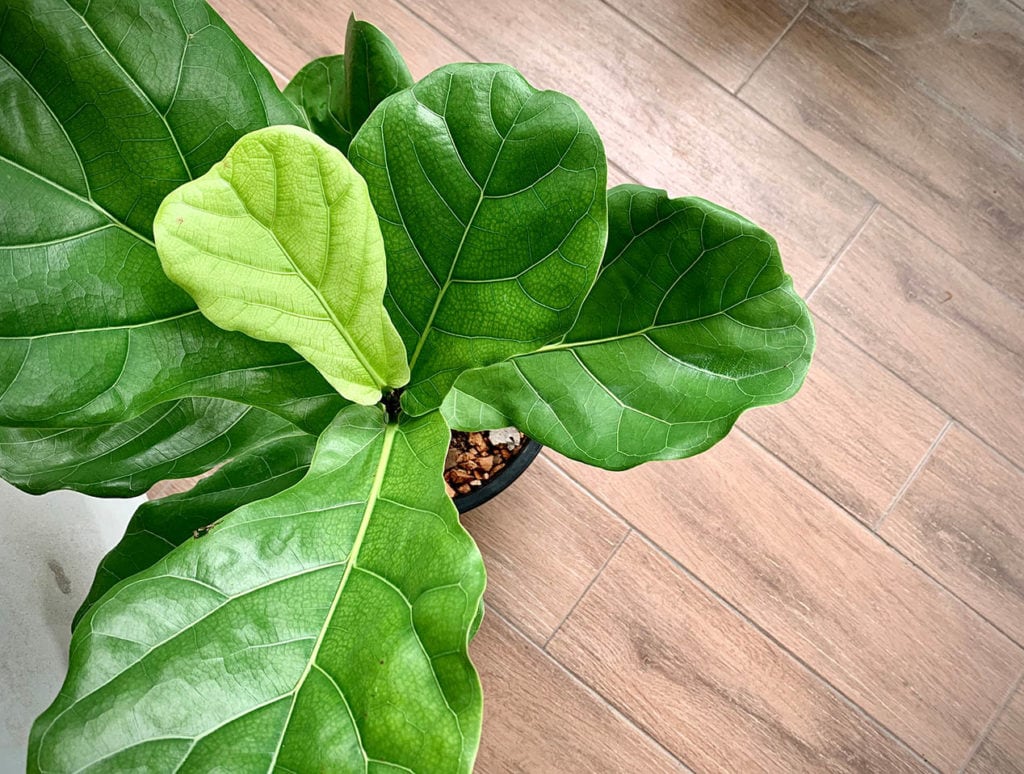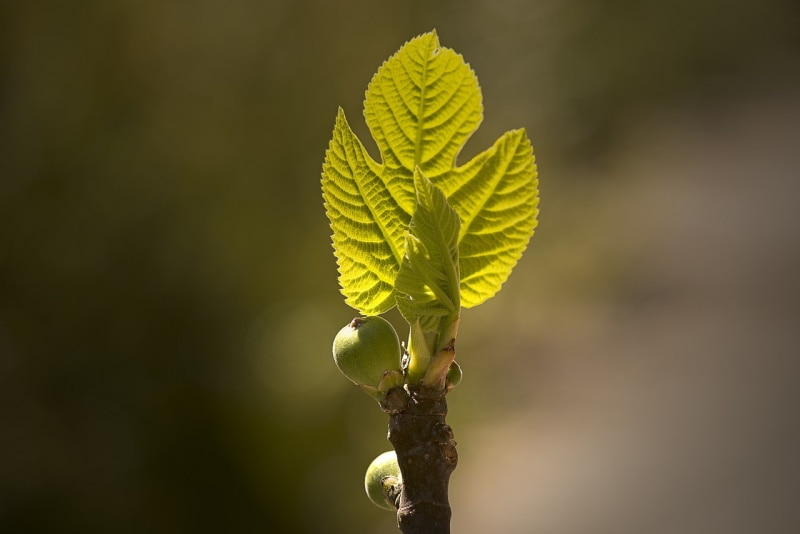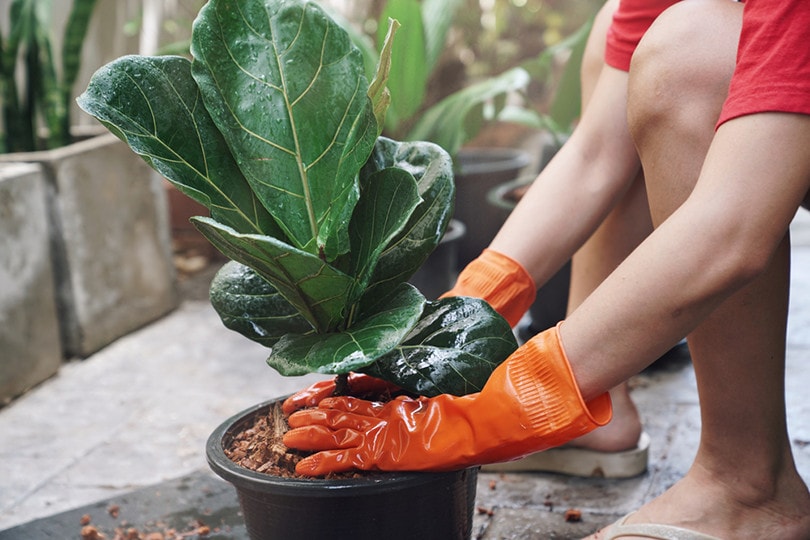Do Fiddle Leaf Figs Like to Be Root Bound? Everything You Need to Know
-
Pete Ortiz
- Last updated:

Native to Southern Europe, West Africa, and Asia, fiddle leaf figs (Ficus lyrata) are hardy plants found in lowland forests. They do well under indirect sunlight, in moist environments, and shallow soils.
At home, it is easy to recreate these conditions by growing fiddle leaf figs in pots closer to an eastside window. However, being a plant that towers up to 50 feet high, it has an extensive network of roots that will often overgrow inside a container resulting in root bounding. This begs the question, do fiddle figs like to be root bound? While fiddle leaf figs can handle being root-bound better than many other plants, they certainly won’t benefit from it.
What Does Root-Bound Mean?
For a plant to be root bound, it means forming a large tangled mass of roots within a small space. The root ball displaces the soil, resulting in less nutrient uptake. This may slow down the growth rate and reduce yield. Figs belong to a unique class of trees whose roots can survive unprotected from the sun and in the open air. An example is the strangler fig which belongs to the genus ficus, the same genus as fiddle leaf figs.

The 4 Ways to Identify a Root-Bound Fiddle Leaf Fig
When buying plants from gardening stores, they are always kept in the best conditions to look appealing. But one of the things you may likely consider is root density. While you may think a plant with many roots is healthy, it may be suffering from acute deficiencies. Here are signs a fig is rootbound even before looking at its roots.
1. Yellowing of leaves
Yellow foliage is one of the key signs that a plant is root bound. If leaves around the base start to turn yellow without other signs of diseases, it might be a sign of being root bound. Usually, this is due to the inability of the plant to absorb essential elements such as nitrogen.
2. Wilting
Limp or droopy leaves during a hot day may be a sign of improper watering or diseases such as root rot or bacterial wilt (in solanaceous plants such as tomatoes and potatoes). Watering a fiddle fig generously will correct this condition. But if the problem keeps recurring even after watering, the fig might be root bound to the extent it is not absorbing sufficient water to keep leaf cells turgid.
3. Destruction of the container
Under severe pressure from root bounding, a planting pot may expand and crack. Also, look for deformities, especially at the base.
4. Root rot
Root rot is a condition caused by anoxic (oxygenless) water near the living roots resulting in their death and decay. Fiddle figs may be a victim of this condition when the roots block drainage holes.
How Do You Correct a Root-Bound Fiddle Leaf Fig?
Repotting
Repot the fiddle leaf fig by transferring it into a larger container where the roots will have a larger room to grow. Start by removing the tree from the old container, shaking off some soil, and replanting it in a new pot. An ideal pot should be at least 2 inches wider and deeper than the former.
Repotting a growing fig is like transplanting a seedling. Because the fig is well developed, repotting stress may kill it. Increase its survival rate by doing this in the evening and keeping the plant in cool, moist conditions for a few days. Ensure the preferred area is very humid to reduce the transpiration rate.

Trim off some roots
Trimming off a few roots will create room for the remaining roots to grow and expand. As with repotting, remove the plant from the pot, shake off the soil, and trim down the roots. Focus on old decaying roots and those that are in the middle. They usually have fewer root hair cells and are not as effective at absorbing nutrients as those that are growing from sideways.
After this, you may return the plant to its original pot and fill it up with fresh soil. Water the plant and keep it in a cool place.
Divide the plant
If the root-bound plant has suckers, divide them to have new plants with fewer roots. Unfortunately, his method is rarely applicable to fiddle leaf figs. It grows as a single stem, and if you try to split it with a few roots, it will die.
Conclusion
Fiddle leaf figs do not like to be root bound, which is a process in which the roots of a plant overgrow to form a ball in a pot. Root-bound plants often suffer from deficiencies, and root rot may destroy the pot. Correct root bonding by trimming off a few roots or transferring the plant to a new larger pot. Both of these solutions are risky, and the plant may be kept in cool, humid conditions for a few days to adjust to new changes.
Featured Image Credit: SURKED, Shutterstock
Contents


